Retro Replay Review
Gameplay
Stratego’s gameplay faithfully translates the classic capture-the-flag board game into a digital format with a surprising level of strategic depth. Each player commands an army of 40 pieces—ranging from the elusive Scout to the formidable Marshal—each with its own rank and special abilities. The objective remains simple: capture your opponent’s flag while protecting your own. Yet the hidden-information mechanic, where you don’t know your enemy’s piece strengths until combat is initiated, ensures every move carries tension and requires careful planning.
(HEY YOU!! We hope you enjoy! We try not to run ads. So basically, this is a very expensive hobby running this site. Please consider joining us for updates, forums, and more. Network w/ us to make some cash or friends while retro gaming, and you can win some free retro games for posting. Okay, carry on 👍)
Movement rules are straightforward but nuanced. Most units advance one square per turn, while Scouts can move any distance in a straight line—ideal for probing enemy formations. Bombs and the Flag are immobile, providing strategic choke points and deception. Watching the computer opponent leave certain squares untouched can reveal vital clues: those unmoving pieces often hide bombs or your ultimate objective, the flag. Managing these uncertainties and bluffing effectively lies at the core of Stratego’s tactical appeal.
The computerized adaptation enhances replayability by offering three distinct board layouts and a selection of automatic setups. Whether you prefer a balanced battlefield or asymmetrical terrain with narrow corridors and wide-open flanks, each configuration demands unique strategies. A demo mode allows newcomers to practice against simplified AI, and customizable rulesets let veterans tweak game speed or visibility features. Overall, the gameplay strikes an excellent balance between accessibility and strategic complexity.
Graphics
On the visual front, Stratego opts for a clean, functional aesthetic that mirrors the original board game. The grid-based battlefield is rendered in crisp, contrasting colors, making it easy to distinguish between your forces and the opponent’s hidden pieces. Piece icons are clear and evocative: bombs are marked with bold symbols, scouts with swift chevrons, and high-ranking officers with insignias reminiscent of classic military garb.
While there are no lush 3D battlefields or cinematic cutscenes, the interface animations—such as sliding pieces into position and brief combat sequences—add just enough flair to keep turns engaging without overcomplicating the experience. Transitions are smooth, and the camera remains fixed overhead, providing an unobstructed view of the entire board. This simplicity ensures that the focus remains squarely on strategic planning rather than flashy visuals.
Color-coded highlights guide players through valid moves and potential attack targets, reducing misclicks and streamlining decision-making. An optional darker theme can improve visibility in low-light environments, and adjustable sound effects—like marching footsteps and explosive blasts—complement the minimalistic graphics without becoming distracting. In short, the visual design is utilitarian but effective, ensuring nothing detracts from the core tactical gameplay.
Story
Stratego does not offer a traditional narrative campaign; instead, it leans into its abstract military roots to create an implied backdrop of two opposing armies vying for supremacy. This thematic framing is enough to spark the player’s imagination: each match becomes a small-scale war, with every scout sortie and high-stakes duel feeling like a chapter in an unwritten battlefield chronicle.
The lack of a scripted storyline allows for pure, sandbox-style engagement. Players craft their own tales of daring flag captures, heroic sacrifices, and cunning deceptions. Every victory against the AI or a human rival tells a unique story based on the tactical gambits employed—whether that’s a bold scout raid across enemy lines or a defensive network of bombs protecting the vital flag.
For those who crave lore, the game’s manual and on-screen tooltips provide brief historical context on each unit type, from lowly privates to the Marshal. These small narrative nuggets—describing a Spy’s audacious infiltration tactics or a Scout’s reconnaissance missions—add flavor without imposing a rigid storyline. The result is a flexible narrative canvas shaped entirely by player decisions.
Overall Experience
Stratego’s digital reincarnation delivers a robust, thoughtfully designed package for both newcomers and seasoned tacticians. The user interface is intuitive, the AI offers multiple difficulty tiers, and the customizable setups ensure that no two games feel exactly the same. Whether you’re looking for a quick skirmish or a drawn-out strategic duel, the game adapts to your tempo.
The learning curve is approachable: a tutorial mode guides you through fundamental mechanics, and the absence of overly complex rules means you can jump into competitive matches within minutes. Yet beneath this simplicity lies a deep tactical well: decoding your opponent’s placements, using Scouts to unmask high-value targets, and deploying bombs to create defensive strongholds keeps every match fresh and challenging.
Multiplayer options—local hotseat play, pass-and-play, or online matchmaking—extend the game’s lifespan significantly. Watching your friends wrestle over a flag in real time highlights the enduring appeal of classic strategic warfare. In sum, this computerized Stratego adaptation honors the legacy of its tabletop forebear while leveraging digital enhancements to offer a compelling and enduring gaming experience.
 Retro Replay Retro Replay gaming reviews, news, emulation, geek stuff and more!
Retro Replay Retro Replay gaming reviews, news, emulation, geek stuff and more!
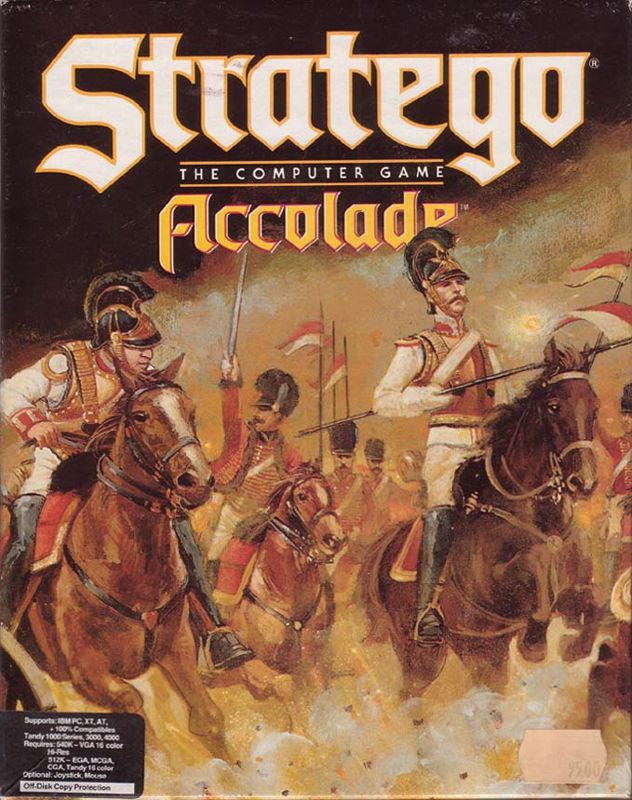
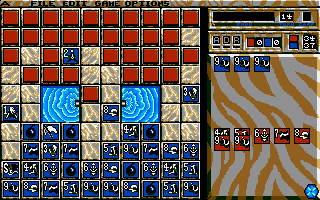
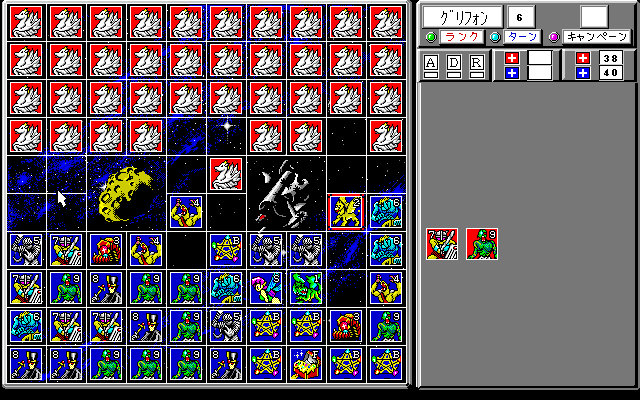
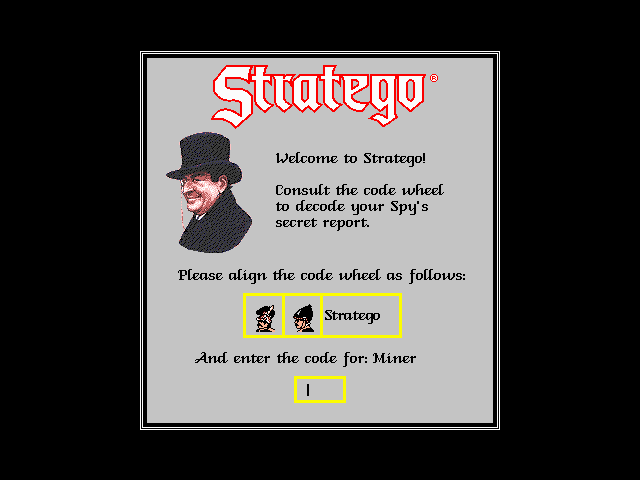
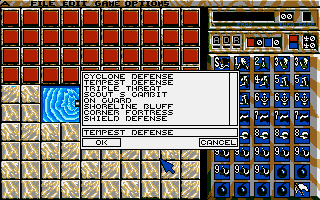
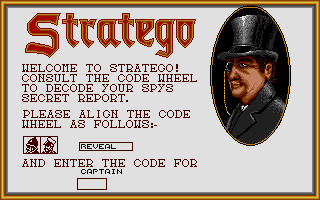



Reviews
There are no reviews yet.